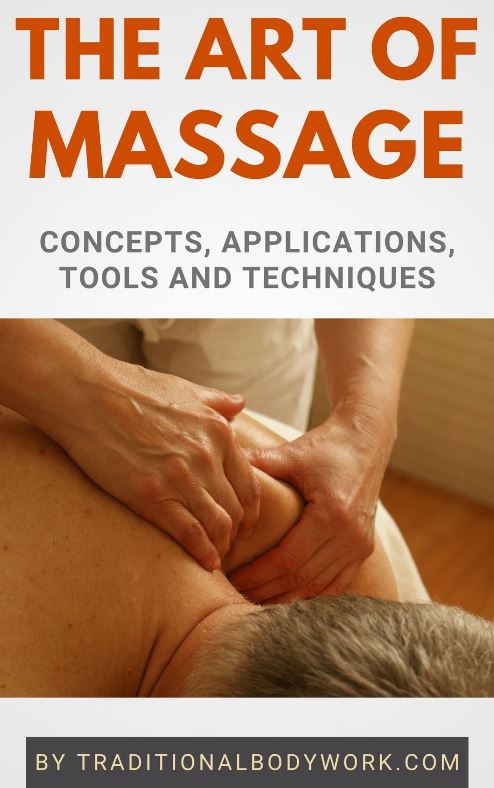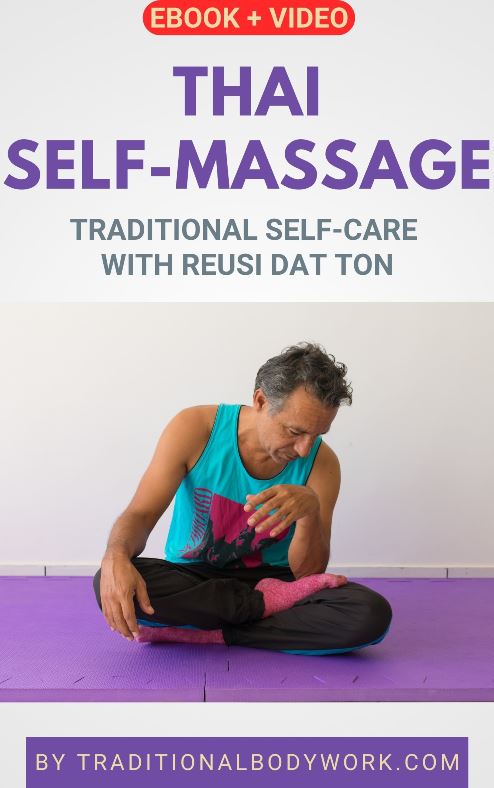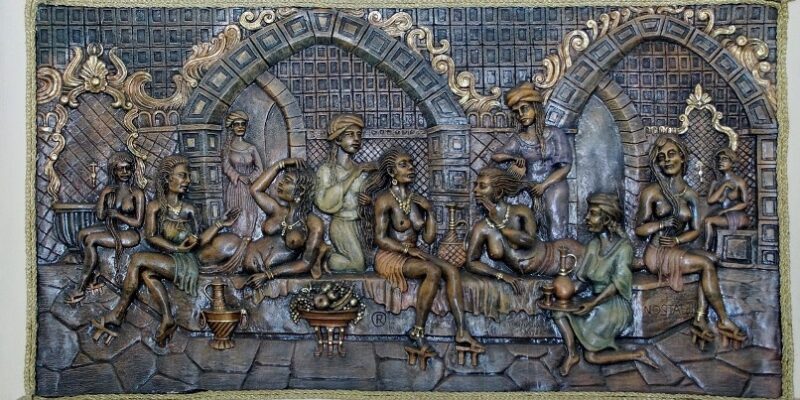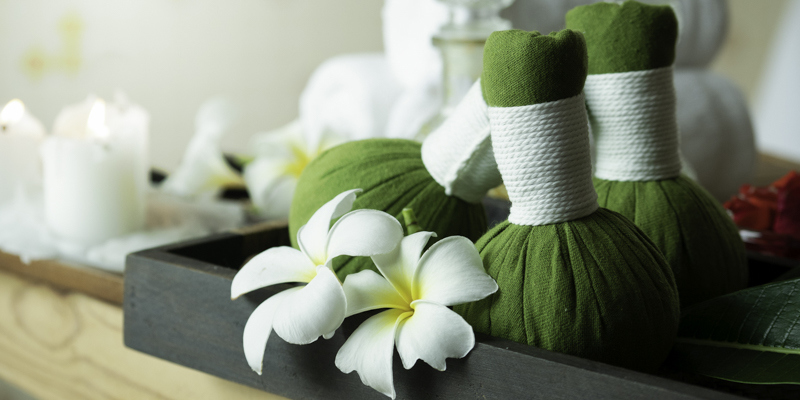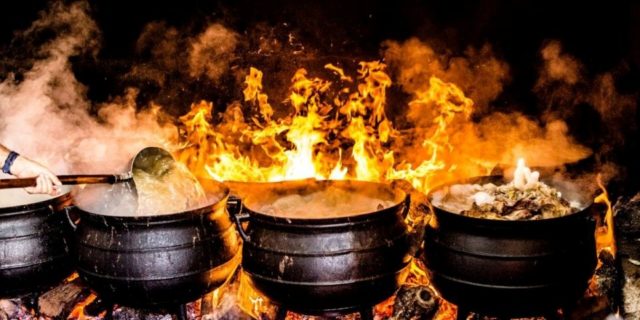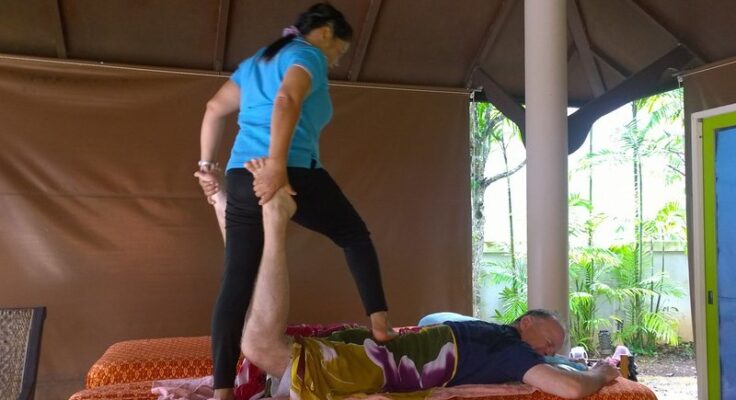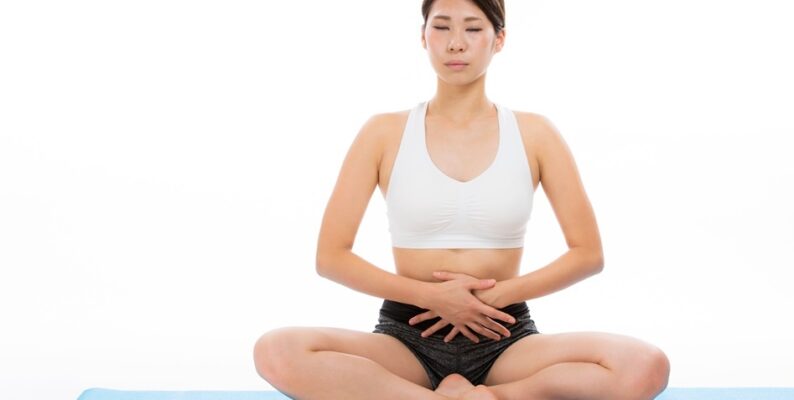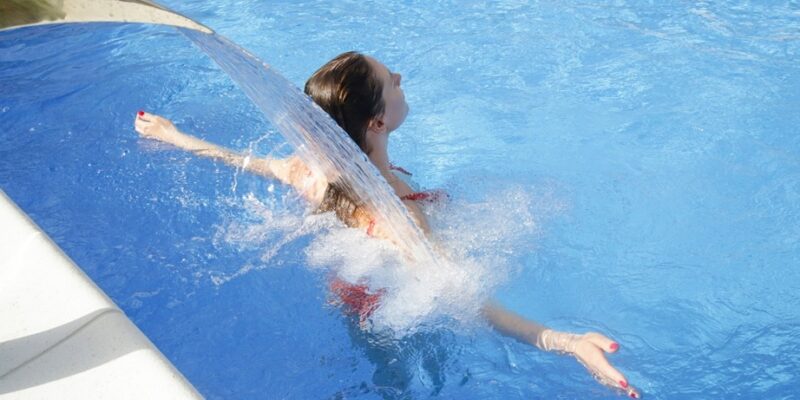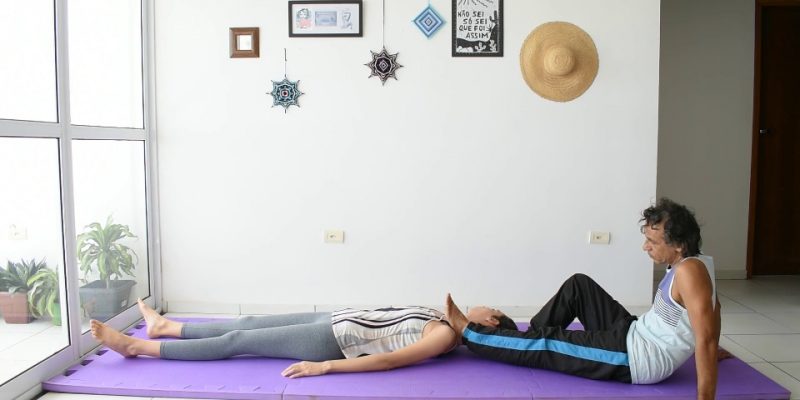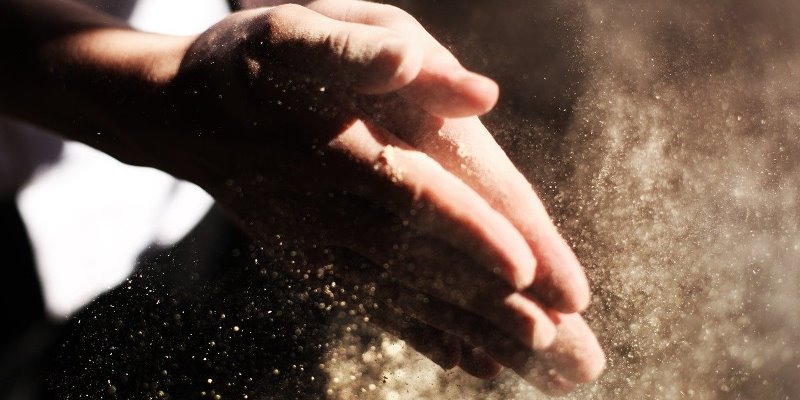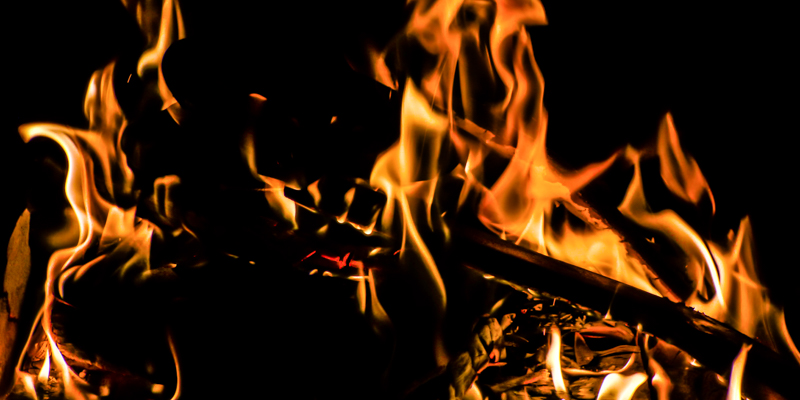
An important concept in massage therapy is that heat, hot and sweating is good for the body, that is, beneficial to relax muscles, tendons, and other bodily tissues, good for detoxification, stress-relief and general well-being, and beneficial for our lymphatic and blood circulatory system.
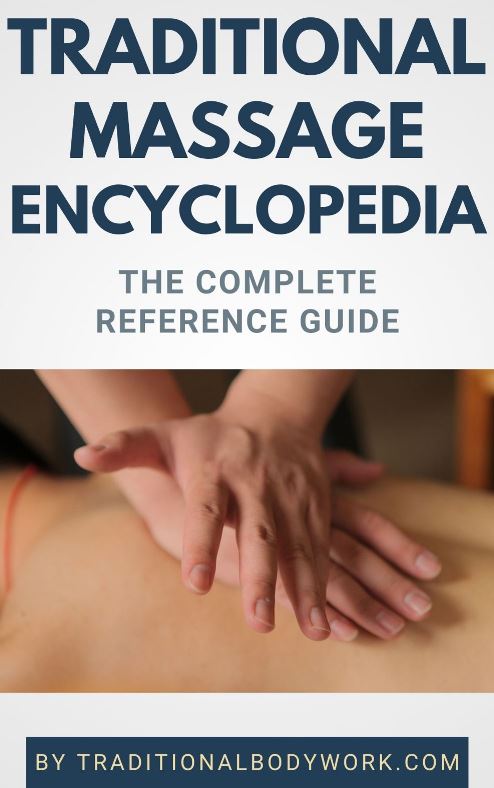
Heat also relaxes our stomach muscles and stimulates movement in our bowels (intestines), that is, it’s good for our overall digestion. It goes perhaps without saying that it only needs to be hot to a certain degree … overheating will of course have negative effects on our body function, or can literally burn us and cause damage. It’s all about balance.
By contrast, cold or too cold slows down bodily function, contracts muscles, makes us feel stiff, inhibits blood circulation and is in essence not beneficial for our bodies. Sometimes, however, notably with injuries such as sprains, twists and tears, temporarily cooling off the injured area can be necessary to control inflammations and overheating.
In any case, in a range of different massage therapies one may see the following applications of applying heat:
- heating stones in warm water such as used in hot stones massages;
- heating herbal compresses and packs in steamers such as used in herbal compress massages;
- massage done in warm water, either in hot springs or thermal baths, such as done in aquatic massages or hydrotherapy massages;
- massage done on thermal massage beds, either filled with heated water or heated through other means;
- heating herbal oils to be used in, for instance, some barefoot massages, abdominal massages, and full body oil massages;
- heating cups to create a vacuum suction effect such as used in cupping massages;
- manually heating the body to prepare for deep tissue massage work by using various massage techniques such as, for instance, effleurage (stroking), tapotement (percussion), and assisted stretches;
- pre-heating and relaxing the body to prepare for a massage treatment, for instance by first spending time in a sweat lodge, sauna, or Hammam.


